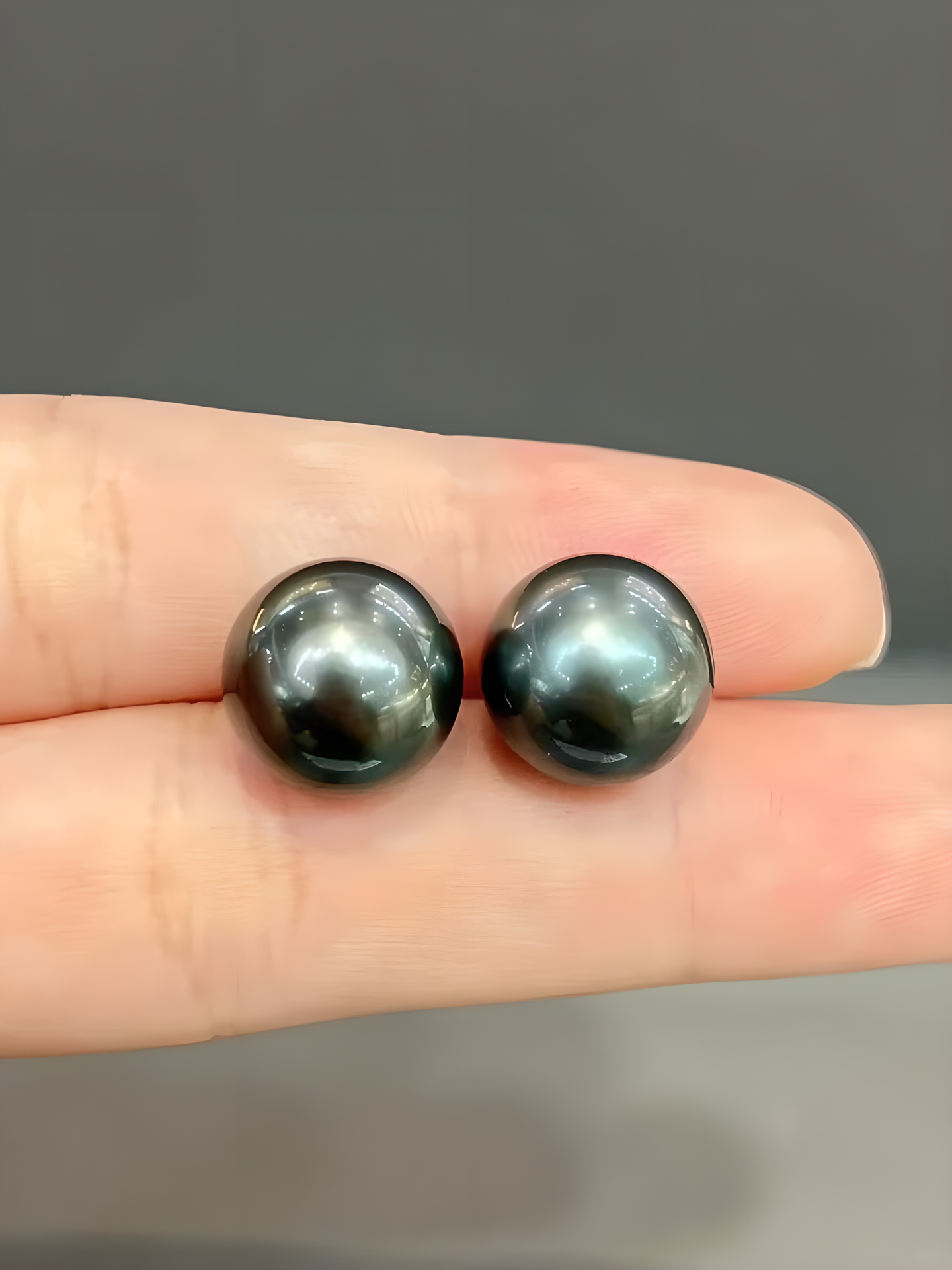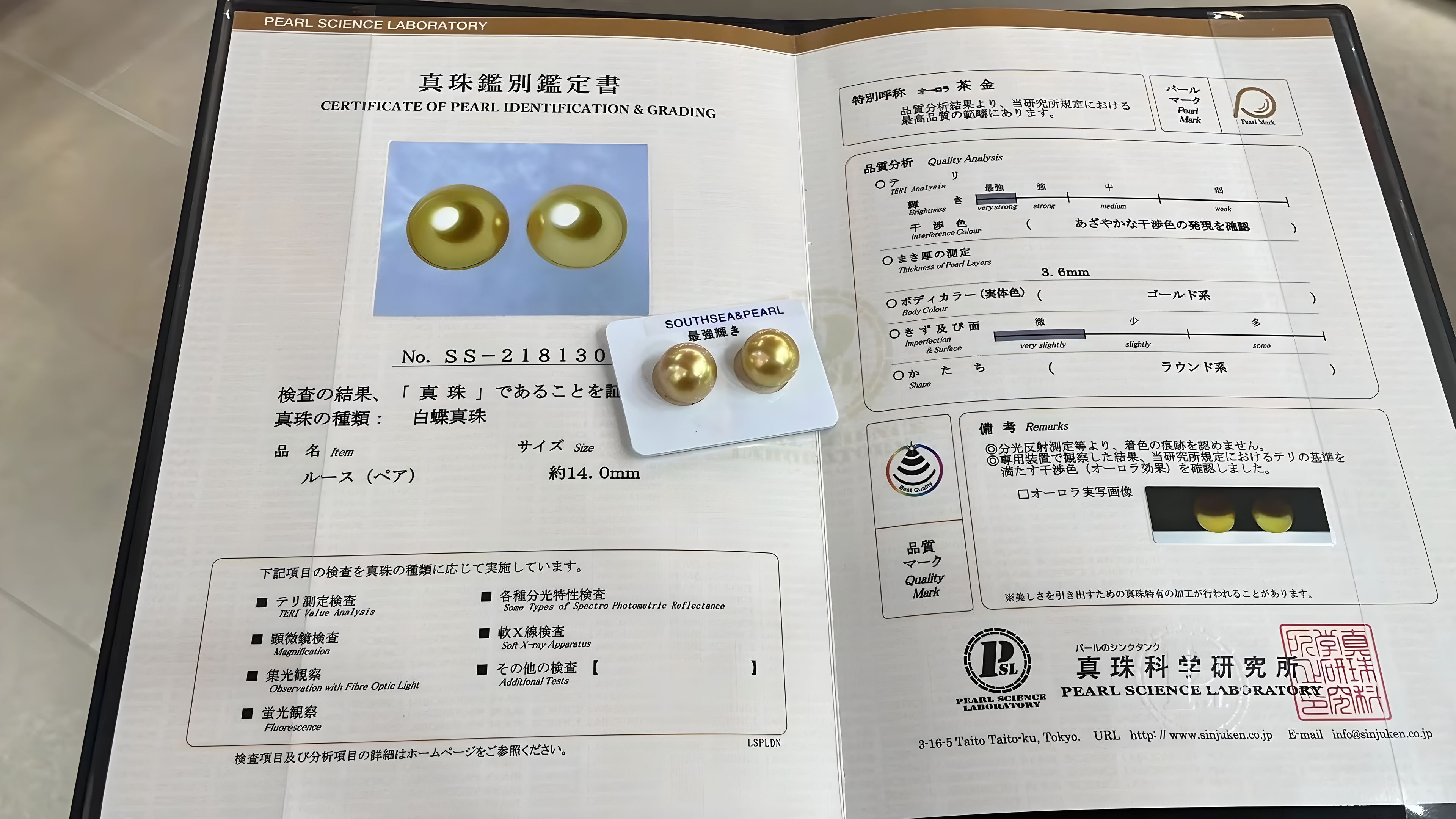Article: What Makes Tahitian Pearls So Unique?

What Makes Tahitian Pearls So Unique?
Discovering Tahitian Pearls: Origins and Allure
Introduction: What Makes Tahitian Pearls So Unique?
Ever glanced at a shimmering Tahitian pearl and wondered about its exotic journey to your jewelry box? These pearls don’t just captivate with their unmatched luster and deep, mysterious colors; they also carry the story of the South Pacific’s breathtaking beauty and biological intricacy. What exactly are the origins of Tahitian pearls, and why has the world long been enamored by these treasures? Journey into this exploration to discover the rich tapestry and allure that Tahitian pearls bring to the world of luxury.

The Geographic Genesis: Where Do Tahitian Pearls Come From?
Tahitian pearls hail predominantly from the warm blue lagoons surrounding the islands of French Polynesia—a picturesque paradise stretching across the South Pacific Ocean. The most famous among these is Tahiti, the island of the same name that contributes significantly to this pearl’s identity. Unlike traditional white pearls, the oysters from the pristine waters around these islands produce pearls renowned for their rich, dark hues, ranging from peacock green to a dramatic charcoal. According to the Tahitian Pearl Association, these colors result from a symphony of factors, including the specific water conditions and oyster species native to the region.
The Biological Marvel: How Are Tahitian Pearls Formed?
The allure of Tahitian pearls owes much to the Pinctada margaritifera oyster, a marvel of nature adept at creating iridescent gems. In a fascinating dance with nature, this oyster is cultivated in carefully monitored environments, ensuring that each pearl achieves its potential in size and quality. Here’s the twist: while oysters primarily produce pearls as a defense mechanism against irritants, the deliberate introduction of a ‘nucleus’ by skilled technicians encourages the creation of pearls rich in iridescent layers. For more detailed insights, the Gemological Institute of America offers a comprehensive explanation of the pearl formation process, highlighting the blend of art and science behind each pearl’s creation.
A Spectrum of Beauty: What Colors Do Tahitian Pearls Display?
Tahitian pearls entice the eye with a dazzling array of colors, a spectrum that feels almost as varied as a painter’s palette. Classic hues range from deep greens and purples to shimmering silvers and blues, each piece a masterpiece shaped by the interplay of light and water. Jewelers across the globe covet these pearls for their ability to complement a multitude of metals and settings, creating pieces that are as unique as they are captivating.
The Economic and Cultural Influence: Why Are Tahitian Pearls Important?
Tahitian pearls play an essential role beyond their aesthetic appeal, contributing significantly to the economy of French Polynesia. According to an article on BBC Travel, the pearl industry represents about 20% of the region’s exports, symbolizing a living heritage that’s key to cultural and financial sustenance. Culturally, these pearls carry tales of South Pacific history, celebrated in local lore and international luxury markets alike.
Conclusion: Why Tahitian Pearls Remain Jewels of the Pacific
In sum, Tahitian pearls shine not only as beautiful pieces of jewelry but also as emblems of nature’s artistry and cultural resilience. From their South Pacific origins to their pivotal roles in global markets, these gems remain a testament to the beauty and complexity woven throughout the natural world. As you adorn yourself with a Tahitian pearl, remember that you’re carrying a piece of history and artistry, one that reflects both the past and the present in its subtle shimmer. Whether you’re a collector or simply an admirer, these pearls offer a luminous link to the exotic heart of the Pacific.
Keywords
- Tahitian Pearls
- Pearl Origins
- Pinctada margaritifera
- Pearl Jewelry
- Luxury Pearls


Leave a comment
This site is protected by hCaptcha and the hCaptcha Privacy Policy and Terms of Service apply.